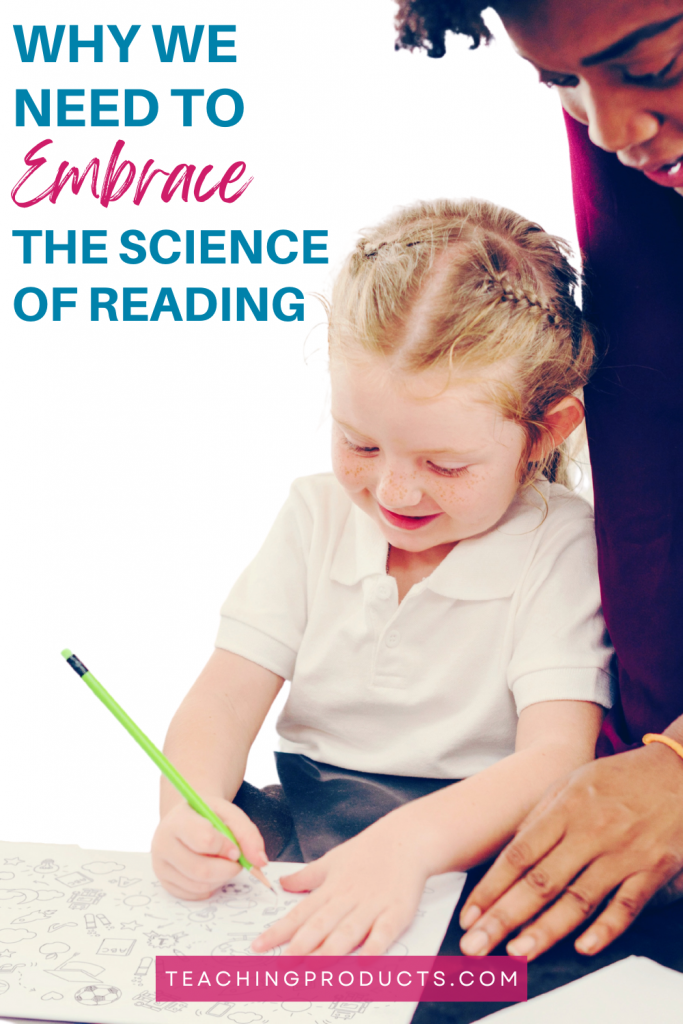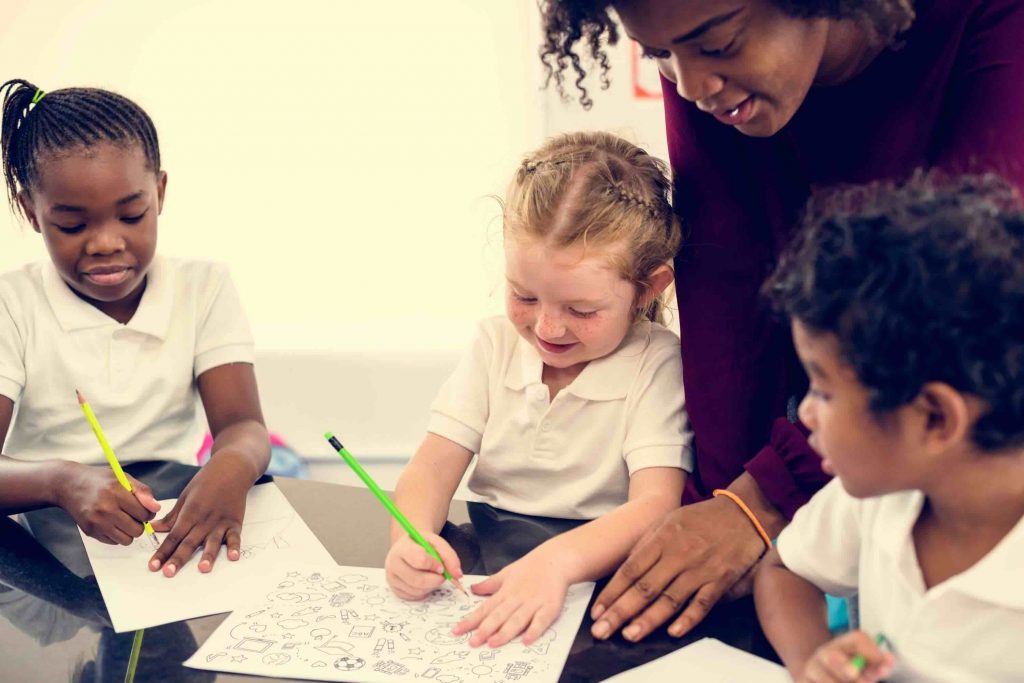In this post, I’ll be sharing an overview of the science of reading.
This content may contain affiliate links. Please read my disclosure policy to learn more about this.
Unless you’ve been living under a rock, you’ve probably heard a lot about the science of reading. As a teacher and a parent, I’m pretty excited by this approach.
In the Beginning…
I remember when I was completing my teaching degree, I was sitting in a lecture where our instructor shared some information about ‘sight words’. “These words,” he explained, “are words that children need to memorize, simply because they can not be sounded out”. Then he flashed a list of sight words onto the screen. And I sat there, reading the list, thinking I’d missed something. Decodable words like “and” or “did” appeared near the top of the list. As I skimmed the entire list, I estimated that more than half of the words could be decoded. This never made sense to me.
Classroom Practice
There are heaps of different classroom programs for teaching sight words. The common feature requires students to memorize the words. Teachers came up with tricks like remembering the shape of the word, etc. As a SPED teacher, I often worked with students who had trouble with this memorization. They knew the letters, they knew the sounds. So I’ve never understood why we don’t then teach the code.
Know Better, Do Better
I started questioning the effectiveness of a balanced literacy approach. I saw too many students who did not learn how to read using this approach. These students had been told to use the picture if they couldn’t read the word. Many of these students missed the next step of going back to the word and applying their letter-sound knowledge to check that their guessed word was the correct word. I knew there had to be a better way.
It Just Makes Sense
When I first heard about the science of reading, I was pretty excited. Everything I read resonated with me and my observations of how my students were learning to read. Teaching the code just makes sense.
I really like this quote from Kozloff (2022) “If a child memorizes ten words, the child can read ten words, but if a child learns the sounds of ten letters, then that child can read 350 three-sound words, 4,320 four-sound words and 21,650 five-sound words”, but it’s really hard to track down where there was first published. The best I’ve been able to find is here. The numbers might be wrong here but you get the basic idea. A child who memorizes the word “down” (this is on Dolch’s Pre-K list) can read the word “down” but how does this help them when they come to the words “frown” or “brown” or “gown”? Instead, consider the letters a, i, m, s, t. These 5 letters alone can be used to create heaps of words that children will come across in their reading (am, at, as, is, it, sat, mat, sit are just a few).
Moving Forward
Many teachers (and people are general!) are quite resistant to change. Learning a new program or way of teaching takes time. It’s a commitment that our already time-poor teachers just can’t manage. But, this is one that I absolutely endorse. The science of reading isn’t some fad. It’s not the new buzz word. It’s based on extensive research. It looks at what we understand about the human brain and how connections to literacy are formed. It breaks down the code and presents learning opportunities in a systemic way. Already, there are several great programs that are designed to support teachers with a smooth transition towards integrating this evidence-based approach into classroom learning.
Got a different perspective on how children learn to read? Leave a comment below to let me know!




